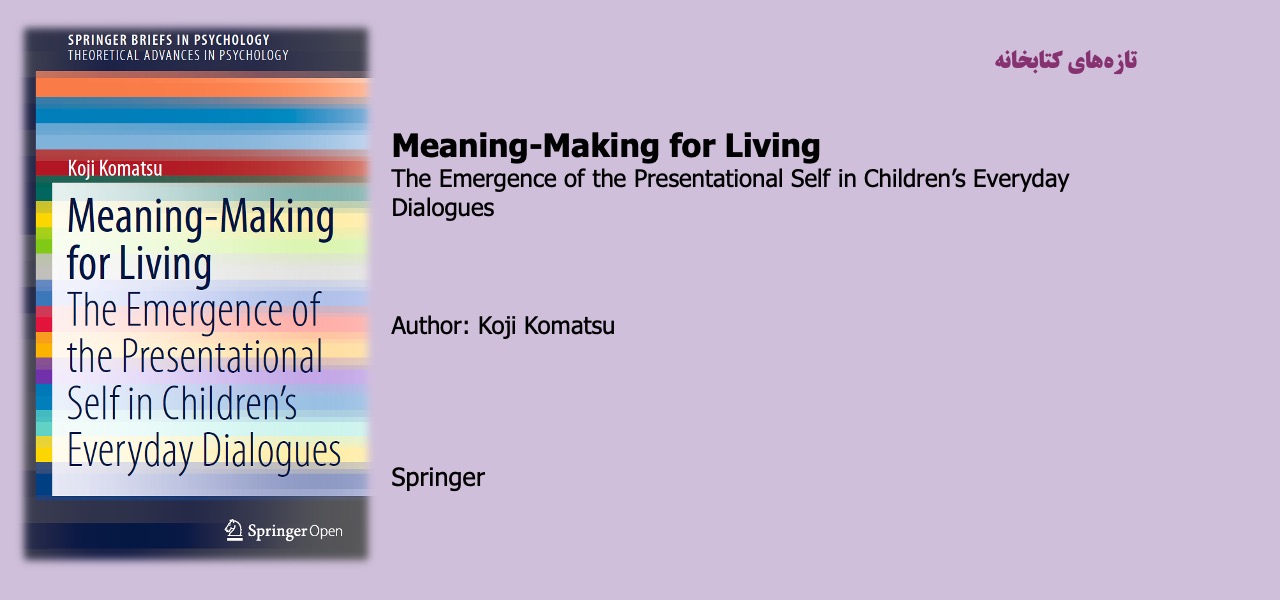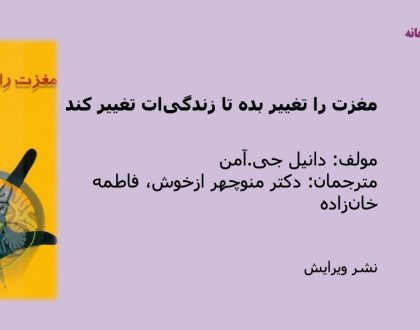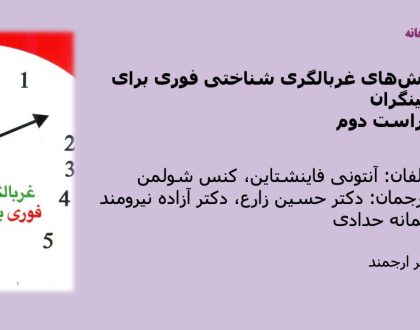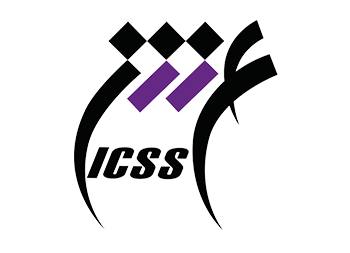Meaning-Making for Living The Emergence of the Presentational Self in Children’s Everyday Dialogues

It could be said that William Shakespeare should be remembered as a prominent psychologist, as the beauty of his sonnets brings poetry into the realm of our investigation tools in human psychology. It is the affective subtlety of poetic tools that give promise for our scientific investigations. The theory of Presentational Self outlined in this book has everything to do with poetry—even if there is no direct poetry in the meticulous coverage of everyday interaction events that Koji Komatsu presents. Yet I would claim that poetic expression is the ultimate example of the Presentational Self—something in the poet’s current relation with the ambience triggers, and that something “bursts out” from the interior infinities of the person into the interpersonal realm of a poem, a song, a dance, or a painting. The roots of such outbursts are in the person environment continuous, relating within the flow of experience. So also, are its outcomes.
Poetry is returning to the science of cultural psychology in the twenty-first century in powerful ways. It becomes the root for new methodology (Lehmann et al. 2017) as well as becomes discerned in the researchers’ efforts to make sense of deep experiences in human lives (Lehmann and Valsiner 2017). Yet poetry is mysterious—the identity of the “thee” in Shakespeare’s sonnet is never revealed. It remains invisible—yet its invisibility provides guidance for the affective adventure to experience the sonnet. The affective field evoked in the reader of the sonnet emerges and proliferates as the description of the “summer’s day” continues. We realize that this description is not of a real summer day, but of the interior feelings of the author whose readers have resonated with the sentiment over the past four centuries. The poet’s feelings become expressed as relations with the Other (the “thee”)—the Self is a liminal organizational form on the pathway from the internal infinity of the person toward the external infinity of the environment. In that location—“in between”—the Presentational Self as outlined in this book has a parallel with the notion of Educational Self (Marsico and Tateo 2018).
مطالب مرتبط

مغزت را تغییر بده تا زندگیات تغییر کند
۱ / تیر / ۱۴۰۳

روشهای غربالگری شناختی فوری برای بالینگران
۱ / تیر / ۱۴۰۳

هفت و نیم درس درباره مغز
۱ / تیر / ۱۴۰۳

